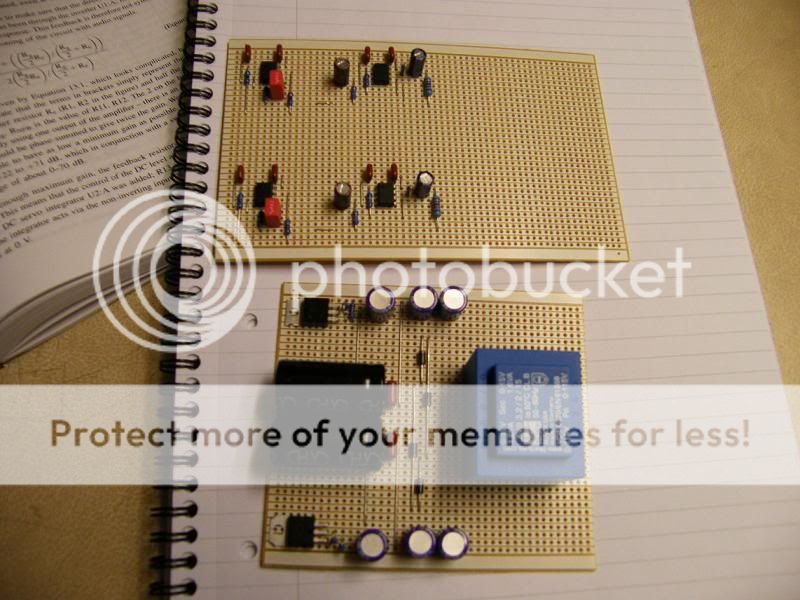greenstiles
Old School Grand Master
- Feedback
- View
My little headphone amp is dual mono, i was lucky enough to hear it's earlier version so can appriciate the difference it makes.
PurpleFrog":a8uzsqz4 said:legrandefromage":a8uzsqz4 said:The EU has said that we're all going deaf due to too loud iPods and such like. So the volume output is limited by quitea lot.
There are two cures for this:
1. Change the region in player settings to USA or whatever
2. Install Rockbox (google it - it's alternative firmware you can install for most popular players; its free and plays every codec I've heard of)
I used an older set of late 1980s headphones and they were much louder than my current ones too so maybe there is some limiting going on there too.
Nope. It's just that some headphones provide more decibels per amp than others. This has always been the case and always will be. It's a headphones characteristics thing.
The audio from the bottom of an iPod is much better than the headphone socket and is fixed.
The audio out from iPod varies with the model. On the whole, it is actually damn good - this is not subjective, because you can actually test signal accuracy with standard electronic hardware. The best accuracy of all tends to come from Sansas, weirdly - they are waaaay past the point where anyone with normal hearing and using anything like standard headphones will be able to hear better quality:
http://nwavguy.blogspot.co.uk/2011/02/s ... sured.html
To get a substantial improvement over a $40 Sansa driving $150 HD25-ii phones (this is a model that Sennheiser designed for TV news soundpeople, but which has become standard for DJs too - they have very accurate sound and are extremely hard to destroy) you really have to go to electrostatic headphones and an amp powerful to drive them.
Otoh, you can a big boost to audio quality for free if you tune your headphones using pink noise: most people have a couple of dips in their frequency response, and if you compensate for them using an equalizer you'll have a much more accurate sound.

